Mental health, discrimination against minorities, including LGBTQ+ people, and a desire to be included more in church life were some of the concerns young college students shared with Pope Francis on a Zoom conference call.
“‘No’ to discrimination, no. ‘Yes’ to proximity, closeness. Proximity is what leads to love,” the pope said in a response to a comment about discrimination in the Philippines during his more than one-hour dialogue with 12 students June 20.
The conference call was part of Loyola University Chicago’s Building Bridges initiative, which it began in 2022 in partnership with the Pontifical Commission for Latin America and with the support of five other Vatican dicasteries.
The project seeks to create a synodal experience for students attending partner universities in different regions around the world in which student groups listen, dialogue and discern common concerns and hopes that a representative then shares with Pope Francis during a live Zoom call.
The June 20 call was the fourth Building Bridges event and it connected students from the Asia Pacific region, including from Indonesia, South Korea, Japan, Australia, Philippines and Taiwan.
Divided into four groups of three students each, the students shared personal and common experiences, opinions, appeals and insights with the pope, ending with a question, most often, seeking advice and guidance.
Seamus Lohrey in New Zealand told the pope he thinks the church should not blame people for not attending Mass and instead it should do more active outreach directly ministering to where people are at.
“We expect people to meet our rules instead of us meeting and then elevating them. I am confident that this turns people away from a relationship with Christ and makes our church unattractive,” he said.
People who have procured an abortion, for example, are “desperately in need of unconditional love,” and yet, they “must meet our requirements before we fully minister it to them. This is a contradiction of the word unconditional,” he said, asking the pope how they can promote recognizing the dignity of all people and “not just regular Mass attendees.”
The pope did not address every question and statement directly, rather, he picked up on some of the students’ main points and recurring topics.
He said the only thing that seriously attracts people are those who witness Christ with their actions. The pope connected that idea with another student’s concerns about mental health, saying witnessing Christ, helping people feel they belong to a group or community and giving people a chance to participate with others is what builds up a person’s human dignity.
“Belonging is what saves us from vulnerability,” the pope said, asking students to reflect on what their biggest weaknesses are and to let others help them.
Vulnerability is connected to mental health, he said, adding that “one of the things that affects mental health the most is discrimination.”
He asked the students to think about how they might feel discriminated against and how they may discriminate against others, but without losing their sense of belonging and identity that helps them work, accompany and move forward with others.
The second group of students included Jack “JLove” Lorenz Acebedo Rivera from the Philippines, who had told the Loyola moderators he wanted to wear a rainbow sash to represent the LGBTQ+ community, but didn’t want it to seem too “political.”
He spoke about discrimination against Muslims and women, and how he feels like an outcast who is “bullied due to my bisexuality, my gayness, my identity and being a son of a single parent” who wants, but cannot get, a divorce.
“Please allow divorce in the Philippines and stop using offensive language against the LGBTQIA+ community. This leads to immense pain,” Acebedo told the pope, appealing to him and the Catholic Church to help fight discrimination against all people.
The pope commented by also taking into account the two other students’ comments on identity, hatred and people thirsting for God’s unconditional love.
Closeness, seeking to form relationships and identity are linked, Pope Francis said. “You can’t find your own identity if you don’t have a relationship” built on fraternity and not on discrimination.
“Jack spoke about such intense, intense discrimination, discriminatory policies that are very common among people,” such as the example of his mother and discriminating against people “according to identity,” he said. From this emerges discrimination against women, which is “a very, very dangerous thing” and is resolved “with proximity. We are all neighbors.”
The pope told the students that the capacity to love is what makes people grow. “Proximity makes us neighbors with no discrimination and with a lot of love.”
The only discrimination they should practice, the pope said, is to be able “to discriminate between true love and false love; always choose true love.”
Elizabeth Fernandez from Sydney, told the pope that many young people are lonely and “bombarded by secular ideologies, mocked for our faith and outnumbered in our missions to be beacons of hope.”
Many young Catholics lack appropriate faith formation, made worse by some religion teachers in Catholic schools who “use class time to preach their own agendas of abortion, contraception and gender theory,” she said. “We propose that all religion teachers be trained catechists and that young people be incentivized to become catechists themselves,” who would teach their peers in public schools.
Replying to Fernandez, the pope underlined the dangers of isolation. To avoid isolation and loneliness, “we must have formation in the faith, to know well what our faith is because this can help us be authentic Christians.”
“You say that sometimes people mock, persecute, restrict us,” the pope said. The thing is, Christians have always been persecuted, mocked and ostracized “from the very beginning.”
The key is to avoid the temptation of developing “a lukewarm Christianity, a diluted Christianity that has no substance. No, Christianity (is) concrete,” he said.
“If they persecute you, endure it because martyrdom is part of Christianity,” he said.
The pope thanked the students for everything they said because it allows him to better understand the lives of young people so he can always be close to them.
He reminded them he will be traveling to Indonesia and other countries in the Far East in September. He said he was excited to learn more about their cultures because “you have a lot to give as a culture. Do not feel inferior.”

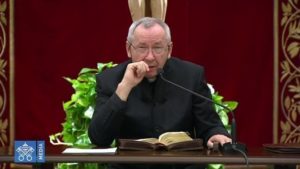
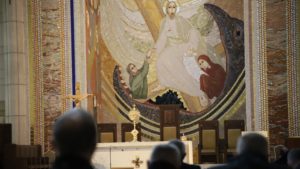


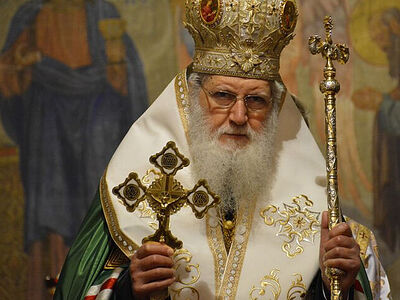 Patriarch Neofit of Bulgaria reposes in the LordThe Patriarch was in poor health in recent years.
Patriarch Neofit of Bulgaria reposes in the LordThe Patriarch was in poor health in recent years. Bulgarian hierarchs concelebrate with Ukrainian schismatics in IstanbulFor the first time, hierarchs of the Bulgarian Orthodox Church concelebrated with representatives of the graceless “Orthodox Church of Ukraine” sect yesterday at Life-giving Spring Monastery in Istanbul.
Bulgarian hierarchs concelebrate with Ukrainian schismatics in IstanbulFor the first time, hierarchs of the Bulgarian Orthodox Church concelebrated with representatives of the graceless “Orthodox Church of Ukraine” sect yesterday at Life-giving Spring Monastery in Istanbul. Constantinople’s decision is against the canons—Bulgarian Met. Gabriel of LovechThe decision of the Holy Synod of the Ecumenical Patriarchate, announced on Thursday, October 11, does not correspond to the canons of the Church, and the problems arising from it must be discussed at a pan-Orthodox Council, His Eminence Metropolitan Gabriel of Lovech of the Bulgarian Orthodox Church said in an interview with TASS on Friday.
Constantinople’s decision is against the canons—Bulgarian Met. Gabriel of LovechThe decision of the Holy Synod of the Ecumenical Patriarchate, announced on Thursday, October 11, does not correspond to the canons of the Church, and the problems arising from it must be discussed at a pan-Orthodox Council, His Eminence Metropolitan Gabriel of Lovech of the Bulgarian Orthodox Church said in an interview with TASS on Friday.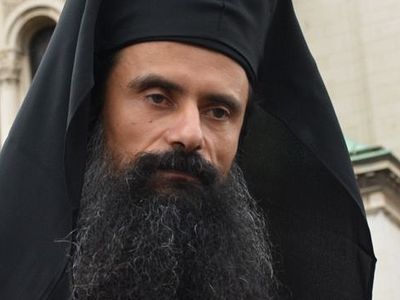 ”Our Paschal Joy is Grieved”: The Open Letter of Metropolitan Daniil of Vidin, Bulgaria concerning Constantinople’s actionsI believe it necessary for reasons put forth in my letter to share with Your Eminence my concerns with regard to recent developments in the Orthodox Church.”>Daniil are well known for their firm Orthodox stance on ecclesiology and the issue of the Ukrainian schisms.
”Our Paschal Joy is Grieved”: The Open Letter of Metropolitan Daniil of Vidin, Bulgaria concerning Constantinople’s actionsI believe it necessary for reasons put forth in my letter to share with Your Eminence my concerns with regard to recent developments in the Orthodox Church.”>Daniil are well known for their firm Orthodox stance on ecclesiology and the issue of the Ukrainian schisms. 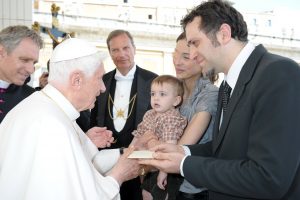
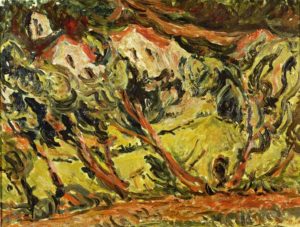

 Ascension of the LordAscension of the Lord
Ascension of the LordAscension of the Lord